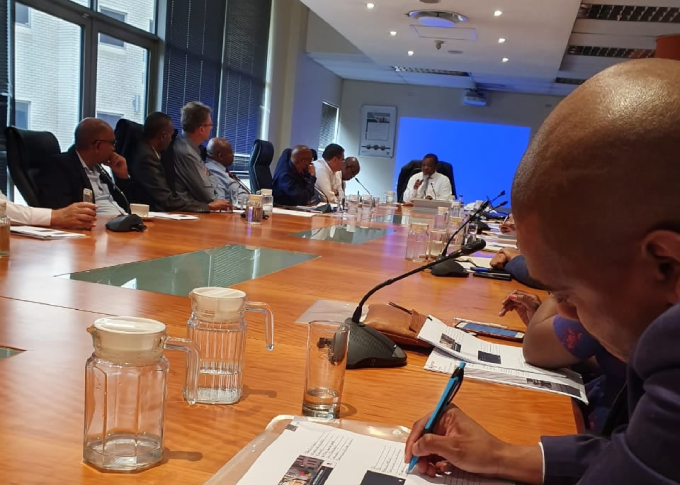
Mining Weekly quoted Sadpo chairperson Gert van Niekerk and his deputy chairperson Lyndon De Meillon as saying that South Africa could benefit from alluvial mining by junior miners should it introduce the right regulations that will lower the cost of doing business.
The organisation said regulations were crafted for the big kimberlite mines that produce a very specific population of diamonds.
It said the number of marginal alluvial miners had been decreasing.
The alluvial diamond mining sector in South Africa flourished in the 1990s and early 2000s.
It currently employs over 5 500 workers and has the potential to grow should Pretoria correct the legislative framework.
“If you don’t find the one large stone, you are in trouble. The rest of the smaller stones will not cover expenses,” said Sadpo deputy chairperson Lyndon De Meillon.
“So, in a nutshell, that’s what our business is about – volume and special stones – but the current legislation makes it very difficult for us to mine in this way.”
Van Niekerk said the smaller the operation, the higher the job creation ability.
“But the mere application for a small 5 ha mining permit, before the applicant has even bought a pick and shovel, costs R150 000,” he said.
“In Sadpo’s opinion, this should not cost more than R5 000.”
Alluvial deposits are situated in the most rural areas of Southern Africa, where unemployment is not 25% or 35% but an astronomical 75% or 80%.
Sadpo studies show that another 100 years of alluvial diamond resources remain in South Africa at the current mining rate.
Mathew Nyaungwa, Editor in Chief of the African Bureau, Rough&Polished
